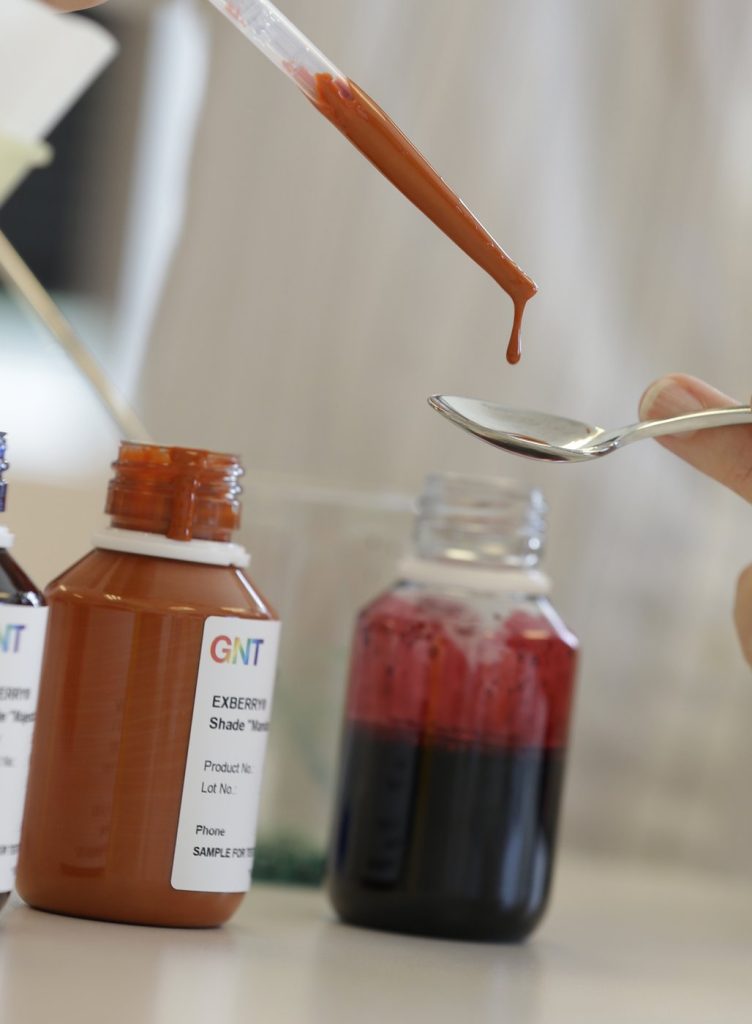CHARLESTON, W.Va. (AP) - States across the U.S. are increasingly scrutinizing synthetic dyes used in colorful cereals, beverages, and candies. Lawmakers argue that the federal government has been slow to take action despite evidence indicating potential harmful effects of these additives. West Virginia has become the first state to enact a comprehensive ban on seven synthetic dyes, highlighting a growing bipartisan movement among lawmakers from various political backgrounds.
The ban, signed into law by Republican Governor Patrick Morrisey, follows similar legislative efforts in states like California and Virginia, which aim to restrict six artificial dyes in public schools. This new law will prohibit the use of several preservatives and colorants, including commonly used red, blue, green, and yellow dyes. The regulation will take effect for school food in August and across the state in 2028. Lawmakers emphasize that public health should not rely on consumers to monitor food safety, with Republican Senator Laura Wakim Chapman stating, "No more toxic colors, no more poisoning ourselves and our children."
Public health advocates have lobbied for years, pointing to research linking synthetic food dyes to health risks such as exacerbating symptoms of attention-deficit/hyperactivity disorder (ADHD) in children. Studies also suggest a possible connection between certain additives and cancer. In contrast, many countries, including those in the European Union, Australia, and Japan, have already placed bans or restrictions on certain food dyes due to health concerns.
Despite the push for reform, the food industry has expressed concerns about the implications of these regulations. The National Confectioners Association warns that new regulations could lead to increased food costs, decreased access, and diminished variety in grocery stores, particularly impacting low-income families in states like West Virginia, where 1 in 4 children live in poverty.
Prominent food service distributors have echoed these concerns, suggesting that food safety policies should be guided by science and maintained uniformly across regions. Charles Leftwich, vice president of food safety and quality assurance for Sysco Corp, criticized a fragmented approach to food safety, urging for consistency to maintain consumer trust.
In anticipation of the law, West Virginia school districts have begun to phase out products containing synthetic dyes. Nutritional program leaders in the state acknowledge that while costs may rise, it's not a crisis since these products are not pivotal to main food offerings. They believe manufacturers will need to adapt their formulas to stay competitive under the new regulations. "If Froot Loops and Lucky Charms aren’t going to change their formulations, then we’re not going to buy them," said Travis Austin, a food service leader in Cabell County Schools.
Advocates argue that these moves are crucial in battling high rates of chronic diseases such as obesity in West Virginia. The bill's sponsor, Jason Barrett, emphasized that the law would protect vulnerable consumers, including children, from harmful ingredients. He noted that the state would not be alone in these efforts, calling attention to similar legislation being considered in Oklahoma.
Overall, this legislative action represents a significant shift in how synthetic food dyes are regulated in the U.S., reflecting mounting public concern over their safety and the health of consumers, particularly children. With a growing number of states joining the movement, the future of synthetic dyes in food products may be changing rapidly.










